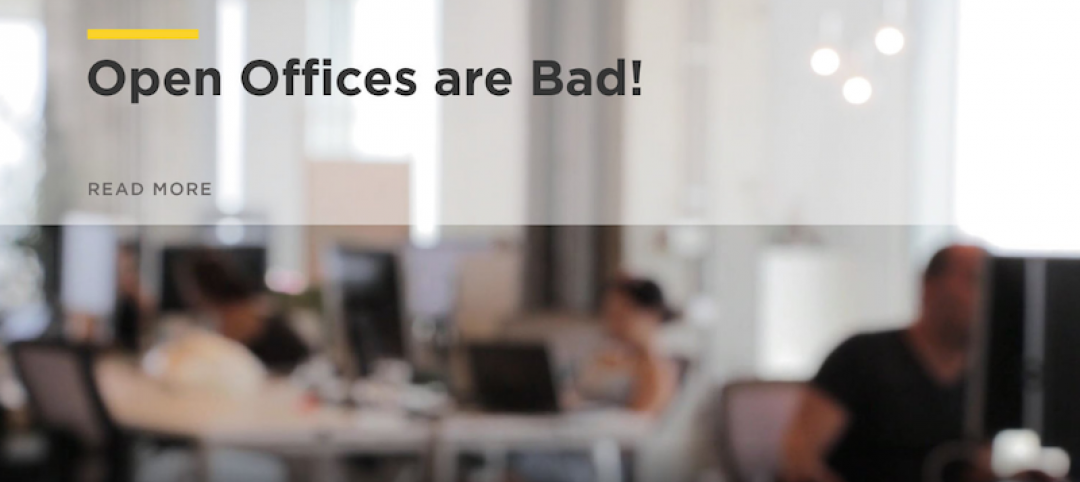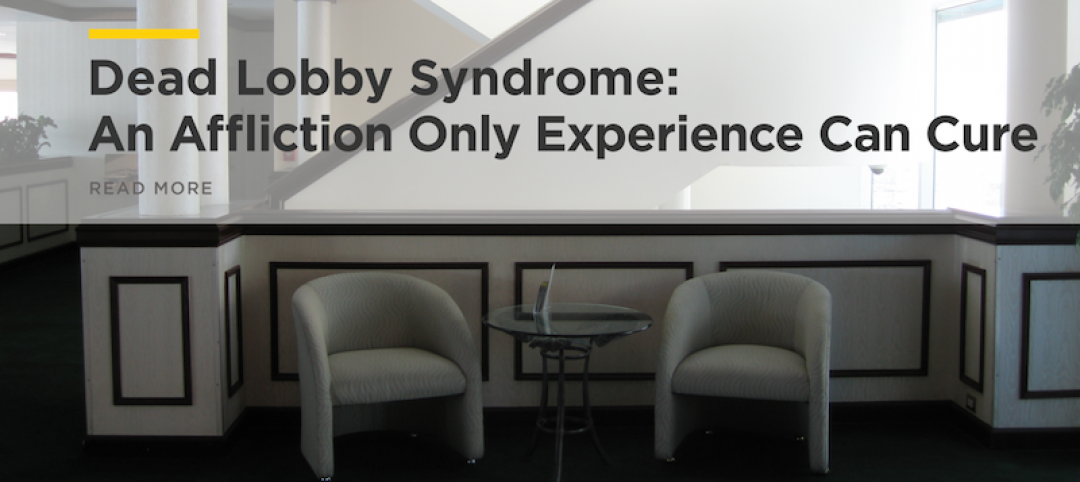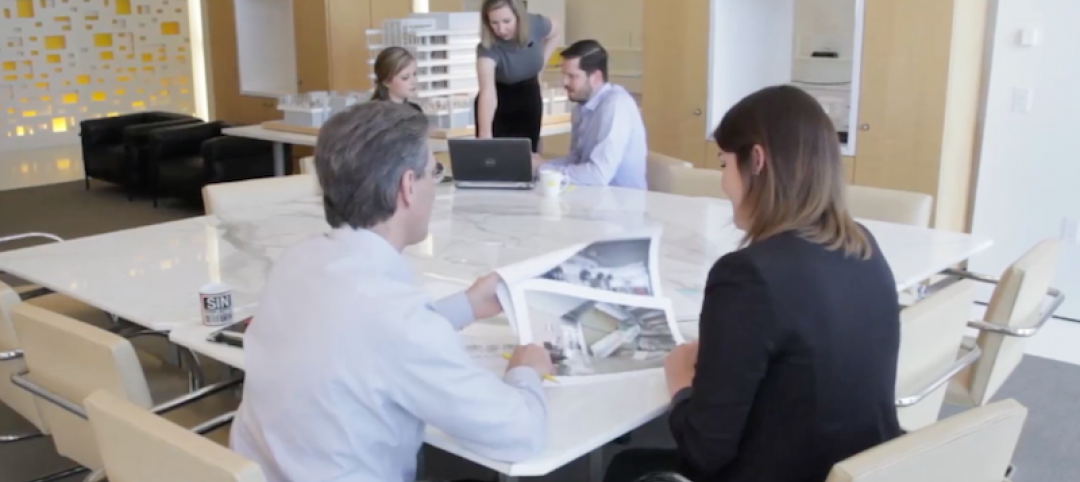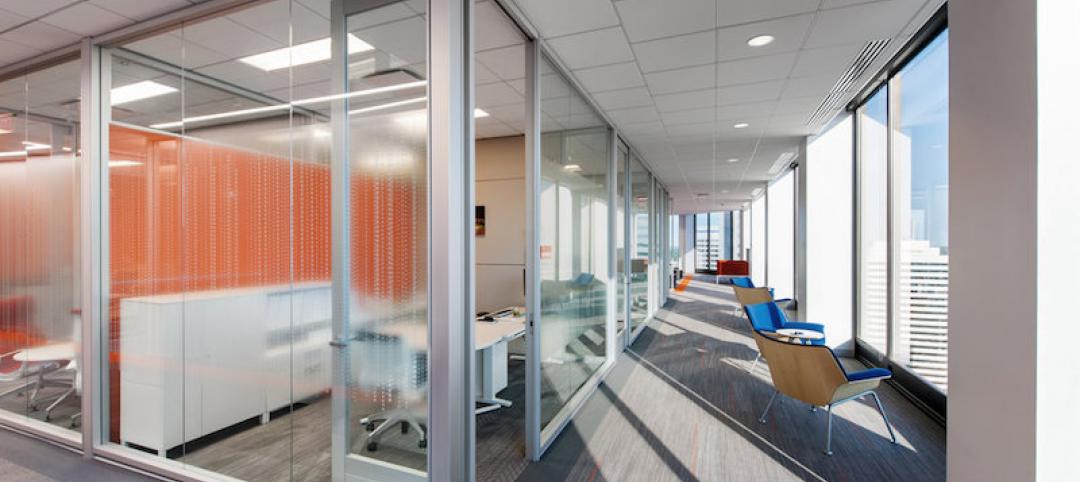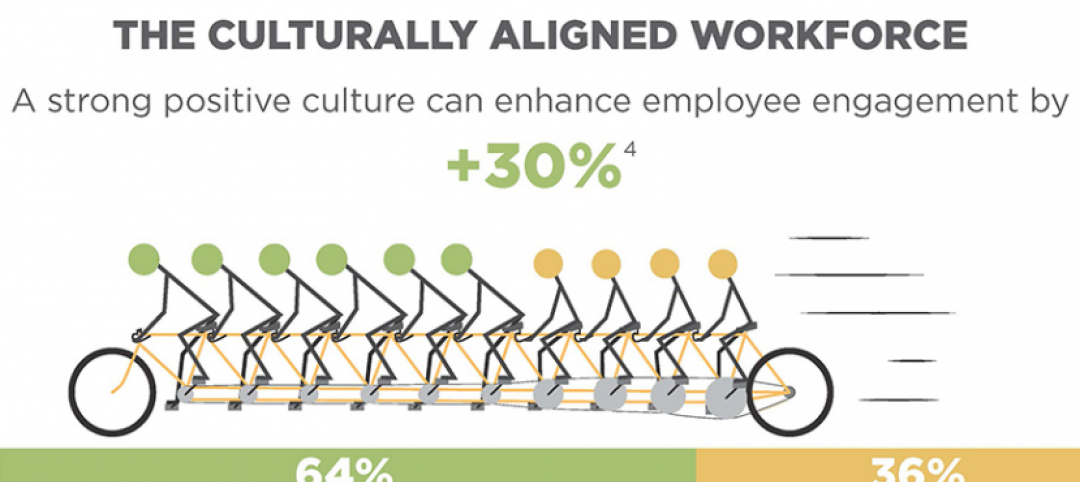Changes in the workplace can be chaotic at times. Employees often worry about changes for a variety of reasons. In some cases, it’s doubt that the change will lead to improvements. Or they are concerned that the change will hinder their work or ultimately endanger their job security. While some caution may be warranted, and concern can indicate care for the company, there have been countless cases where fear leads to internal resistance and failure.
But, if the end goal of a change within a company is to ultimately better itself, why do managers so often struggle to convince their employees of the necessity of the change? As any counselor will tell you, the most important aspect to any relationship is a sense of trust. While it is not the only factor to consider, it is the most important and often the most difficult one to obtain.
Building trust takes time and consistency, and is typically much easier to break than build. But, managers who consistently demonstrate the following three qualities are far less likely to face failure in their attempts to initiate change within their organizations.
Clarity
Clear, honest and straightforward communication is a foundation of building trust amongst employees. The absence of lying is not enough to achieve the goal. Whether intentional or not, an omission of information will lead to suspicion, rumors, and ultimately endanger projects. A dishonest reputation can also prohibit future workplace changes from succeeding. Managers who do not attempt to communicate the goals of a project out of fear that employees will react poorly, usually face the same results. Every action communicates something, including a lack of communication.
Care
While honesty is a necessity, it is not enough to just pass along information if you seek to build trust. When employees see that their managers truly care about their well-being, and not solely about the bottom line, they are far more likely to believe that the intentions of the project will lead to positive results. Even when a change may not necessarily aid every individual employee, projects are far more likely to succeed when employees believe the intentions are good for the group as a whole. An honest employer who lacks a caring reputation will not win trust and will continue to struggle with resistance to change.
Competency
A manager who demonstrates care and honesty, will still find that he lacks trust if employees are not confident in his ability. Managers who have consistently demonstrated an ability to carry out their goals and handle unexpected barriers will find far more trust from their employees than a manager who is viewed as unprepared, or unaware of the challenges that their proposed changes will create. Not only do managers need to have the know-how, they need to demonstrate it to employees. While managers with good, long-standing reputations have an advantage, they still need to reinforce that they can and will handle any issues that arise as a result of the changes.
More from Author
PDR | Feb 13, 2024
Creating thoughtful tech workplace design
It’s important for office design to be inspiring, but there are some practical principles that can be incorporated into the design of real-world tech workplaces to ensure they convey an exciting, sophisticated allure that accommodates progressive thinking and inventiveness.
PDR | Jan 11, 2019
Open offices are bad!
The Harvard studies on the unintended effects of open office defines it as space where 'one entire floor was open, transparent and boundaryless… [with] assigned seats,' and the other had 'similarly assigned seats in an open office design, with large rooms of desks and monitors and no dividers between people's desks.'
PDR | Oct 16, 2018
Dead lobby syndrome: An affliction only experience can cure
The competition for great tenants has rarely been as fierce as it is today.
PDR | Jan 25, 2018
Four keys to designing autistic-friendly spaces
Autism, in part, gave us modern architecture, writes PDR’s Julie Troung.
PDR | Jul 26, 2017
Meeting space leads to innovation
PDR Principal Larry Lander explains how to design for workplaces where four generations are working together.
PDR | Feb 28, 2017
Workplace wellbeing
Organizations are starting to realize that there are benefits to addressing employee wellbeing.
PDR | Dec 6, 2016
Workplace pilots: Test. Learn. Build
Differentiated from mock-ups or beta sites, workplace pilots are small scale built work environments, where an organization’s employees permanently reside and work on a daily basis.
PDR | Oct 4, 2016
Video blog: How to future-proof your workplace
Larry Lander, a Principal with PDR and a registered architect, discusses how modularity can improve a workplace for the business and the individual.
PDR | Sep 8, 2016
Video blog: Top color trends for 2016
Karen Wetmore, Lead Designer at PDR, talks about what’s trending with materials and colors in the workplace.
PDR | Jul 29, 2016
The ROI of company culture: Why companies should look at culture’s impact on profit
Organizations that purposefully craft and develop their culture experience a 14% turnover rate, whereas organizations that ignore their culture experience a 48% turnover rate, writes PDR Senior Consultant Christine Mikhail.



